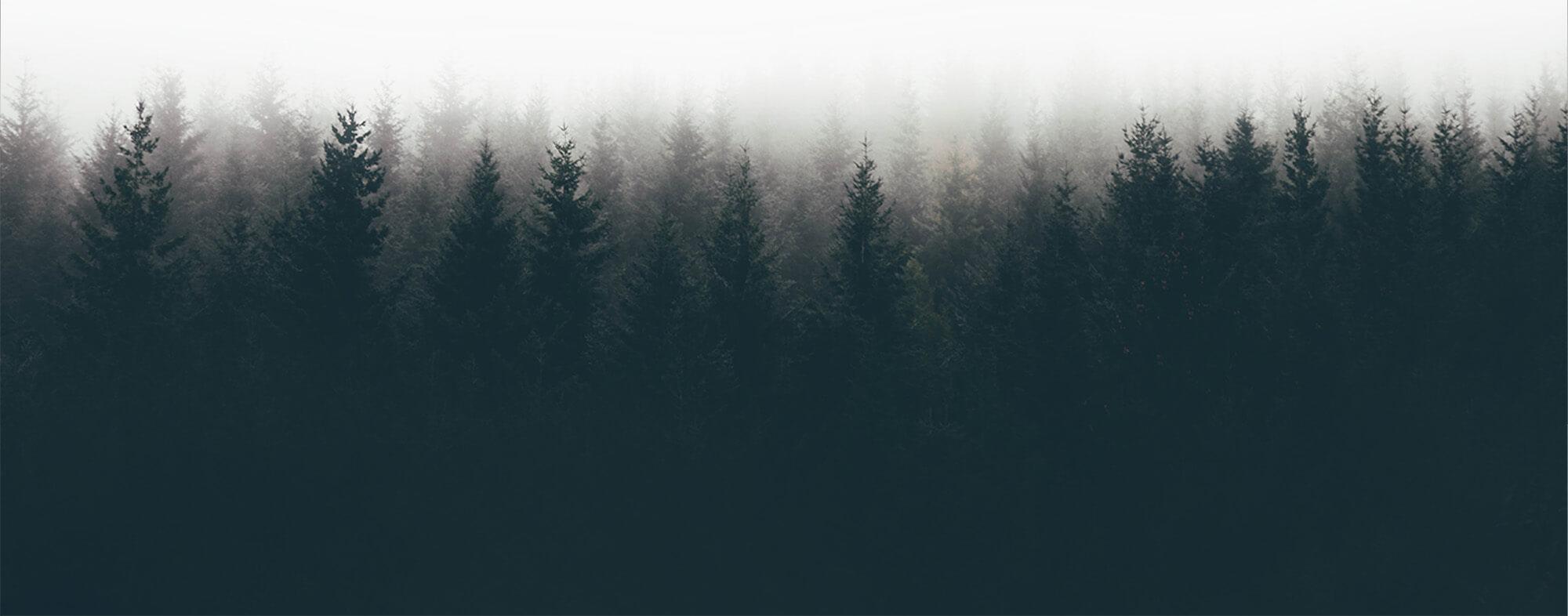
One trip to the majestic Himalayan mountains and you're not going to live the same, hoping for another ride back to their mighty grooves. The Himalayas, or the Himalaya, Asia's highest mountain range separating the plains of the Indian subcontinent from the Tibetan Plateau, has many highest peaks with 9 out of 10 of the highest peaks in the world, including Mount Everest, at the Nepal-China border. These mountains which are the source of some of the major rivers in Asia, and also helping regulate the climate of our planet, are known as the Third Pole, The area is the birthplace of the Buddha and is full of mystical natural sites such as the secret valleys and high mountain lakes that resemble ancient Hinduism. Considered a resting place for Gods, the Himalayas also have numerous myths and beliefs as strange as the presence of the giant half-human snowmen, yetis. Five more mystical places from the Himalayan folds are here to spark curiosity within you.
1.Roopkund Lake
Roopkund is a high altitude glacial lake in the Indian state of Uttarakhand. Located in the Himalayas, the area around the lake is uninhabited and surrounded by rock-strewn glaciers and snow-clad mountains at an altitude of approximately 16,470 feet. It is a frozen lake at the bottom of a small valley with hundreds of ancient human skeletons discovered at the seashore. As the snow melts, the remnants of the human skeleton are visible at the edges, and thus it is also known as the "Skeleton Lake". One theory says that the skeletons belong to soldiers of the Second World War, who were hit by a huge hailstone on the way, while another theory says that they belong to the family of a king, cursed by a goddess to die this way.
Roopkund is a picturesque destination and one of the most important trekking spots in the Himalayas, close to the base of two Himalayan peaks: Trisul (7,120 m) and Nanda Ghunti (6,310 m) as there are no roads to this location yet. The best time to go trekking is in the autumn from mid-September to October. It almost takes 3-4 days to reach the skeleton lake starting from Gwaldum in Chamoli.
2.Gangkhar Puensum
Gangkhar Puensum, the world's highest unclimbed mountain, is situated in Bhutan, with an elevation of 7,570 meters (24,836 ft) and a prominence of 2,995 meters (9,826 ft). Its elevation was first measured in 1922 but maps of the region were by no means accurate until recent years, and the mountain continued to show at distinct positions with significantly varying heights. There is no exact record of its summit by anyone till date. Indeed the first team to try the summit was unable to find the mountain at all due to inadequate tracking.
It is believed to be home to supernatural beings, including yetis, and even gods. Locals have also reported cases of strange happenings, including unusual noises, mysterious lights and spectre. The mountain has remained iconic despite several unsuccessful attempts to conquer it. Now it's quite an interesting and mysterious state that if mountaineers climbed up Mount Everest, 29029 ft above sea level, why did Gangkhar Puensum remain impregnable?
3.Gurudongmar Lake
Gurudongmar Lake is one of the highest lakes in the world, located at an altitude of 5,430 m in the Indian state of Sikkim. It is considered sacred by the Buddhists, Sikhs and Hindus. The lake is named after Guru Padmasambhava — also known as Guru Rinpoche — founder of Tibetan Buddhism.
Legends say that the area was once frozen solid, and since then the lake remains frozen all year round. The locals claim that in order to make life simpler for the people around it, the Buddhist Guru Padmasambhava blessed a tiny spot of the lake to stay unfrozen. Both tourists and locals guarantee the presence of a small, unfrozen corner, even in the harshest winters.
4.Gyanganj
Gyanganj, also known as the City of Eternal Beings is believed to be located in a remote, isolated Himalayan valley. All the attempts made by mountaineers and trekkers to find its exact location have ended in failure. This has struggled to chart both new-age satellites and other imaging technologies. It is said that they reside deep in the Himalayas, but in many hidden forms have an influence on mankind.
Buddhists, particularly those from Tibet and India, argue that
Gyanganj is a higher dimension. They believe that only sages, yogis and other worthy souls can spot and touch Gyanganj who have have a 'Karmic Bond' with it and those who live here win immortality forever! This place is identified with various names such as Shangri-La, Siddhashram or, mostly, Shambhala. Some activists say it's a holy realm which drafts the fate of all.
5.Tiger’s Nest Monastery
Originally called the "Taktsang" which translates into "The Tiger’s Nest". Taktsang Lhakhang is the most iconic landmark and religious place in Bhutan. This temple is one of the holiest sites in the kingdom and unlikely to cling to a sheer cliff facing 900 meters above the Paro Valley. To enter the temple tourists have to take a 2-3 hours trek through stunning, gloomy pine forests.
It is believed that Guru Padmasambhava happened to meditate for three years, three months, three weeks, three days and three hours in a cave at the centre of this monastery. It is also believed that Guru Padmasambhava flew from Tibet to this place at the top of a tigress! Hence the name. One look at its delicate position and all the assumptions may just seem real.




